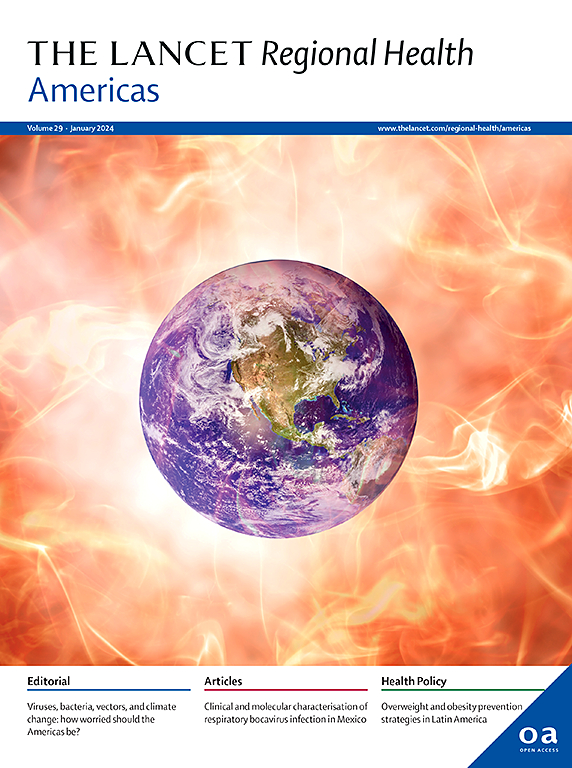Long-term prescription opioid use following surgery in the US (2017–2022): a population-based study
IF 7
Q1 HEALTH CARE SCIENCES & SERVICES
引用次数: 0
Abstract
Background
Over the last decade, numerous efforts have been made to combat the opioid crisis globally. The impact of these strategies has not been adequately measured and may differ across populations depending on baseline risk. We compared changes in long-term prescription opioid use following surgery within a national US cohort, between 2017 and 2022.
Methods
We used TRICARE claims data to identify individuals undergoing one of 14 representative surgical procedures. The rate of post-operative long-term prescription opioid use during 2020–22 was compared to 2017–19. We used modified Poisson regression analyses to adjust for confounding. We performed secondary analyses that accounted for interactions between the time period and race, pre-operative opioid use, surgical care setting and our proxy for socioeconomic status.
Findings
Our data derived from TRICARE claims. We included 410,326 surgical events. Across both time periods, there were 213,212 females (52%), with a median age of 53 (IQR 22) and 207,188 individuals of White race (50%). The median co-morbidity index was 0 (IQR = 0). The rate of long-term post-operative opioid use was 11% in 2017–19, which reduced to 6% in 2020–22 (risk ratio [RR] 0.51; 95% CI 0.50, 0.52). Reductions were appreciated across all census divisions in the US and across all racial minorities, those of lower socioeconomic background and pre-operative chronic opioid users. Following multivariable analysis, there was a significant reduction in long-term prescription opioid use (RR 0.61; 95% CI 0.60, 0.63) after surgery in 2020–22 as compared to 2017–19.
Interpretation
This investigation represents one of the largest and most comprehensive longitudinal assessments of opioid use following surgery. We found clinically relevant reductions in post-operative prescription opioid use in 2020–22 as compared to 2017–19. Given the representative nature of the study cohort, we believe these results are reflective of national trends.
Funding
U.S. Department of Defense, Defense Health Agency (award # HU00012120089).
求助全文
约1分钟内获得全文
求助全文
来源期刊

Lancet Regional Health-Americas
Multiple-
CiteScore
8.00
自引率
0.00%
发文量
0
期刊介绍:
The Lancet Regional Health – Americas, an open-access journal, contributes to The Lancet's global initiative by focusing on health-care quality and access in the Americas. It aims to advance clinical practice and health policy in the region, promoting better health outcomes. The journal publishes high-quality original research advocating change or shedding light on clinical practice and health policy. It welcomes submissions on various regional health topics, including infectious diseases, non-communicable diseases, child and adolescent health, maternal and reproductive health, emergency care, health policy, and health equity.
 求助内容:
求助内容: 应助结果提醒方式:
应助结果提醒方式:


